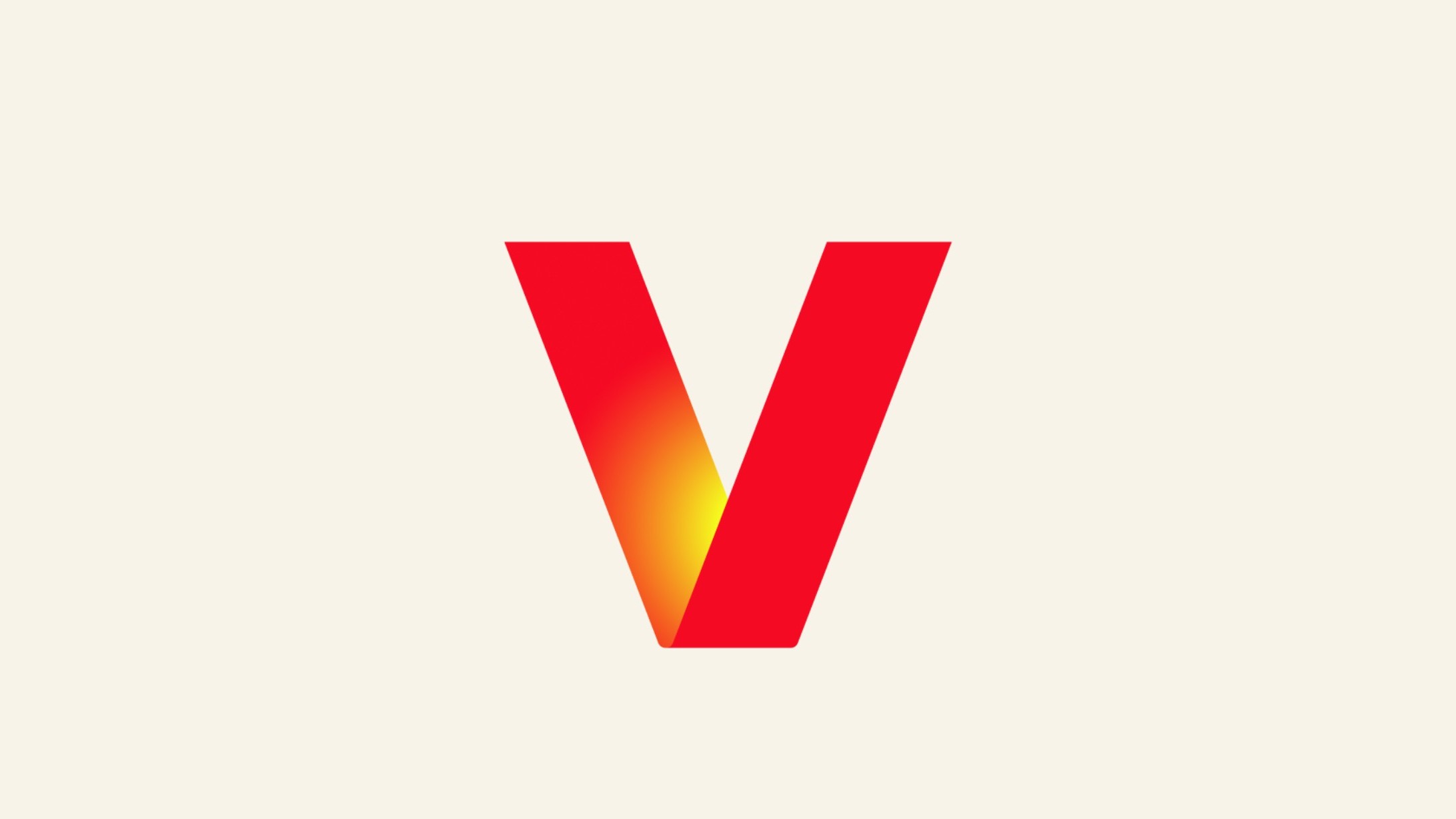Raspberry Pi 4 vs. Raspberry Pi 3: Should you upgrade?

Raspberry Pi 4
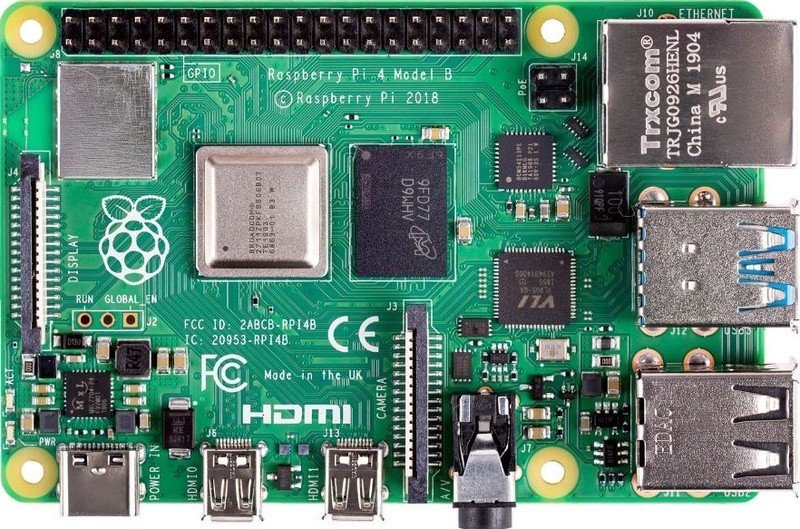
The Raspberry Pi version 4 is a bump up in every spec from the previous model. The CPU, the GPU, the memory speeds, and even the SD card read and write speeds are much faster, and the system as a whole should prove to be a lot more robust for those projects that were almost too much for the model 3B+ to tackle. It's also available with three different memory sizes — 1GB, 2GB, and 4GB — to be the right fit for any project.
Raspberry Pi 4
More Power
Raspberry Pi 3 B+
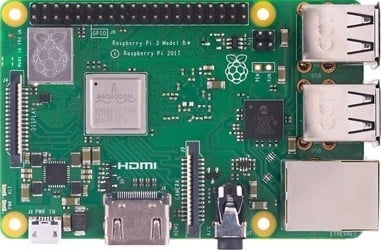
The Raspberry Pi model 3B+ is still an awesome little PC board, but its beefier sibling completely outclasses it. It's most notable in the SD card read-write speeds and the GPU, which are a good bit faster on version 4. The good news is that it's still going to keep doing everything it always did and should be supported for a few more years.
Raspberry Pi 3 B+
Tried and true
The Raspberry Pi isn't the world's fastest super-computer, but it just might be the best supported. You'll find them used to power everything from Christmas lights, video game consoles, media servers, and home automation hubs, and they do an excellent job. Version 4 and its better specs mean the use case has expanded for anything that needed just a little more power, and the bump in graphical abilities means it makes for an even better entertainment device. But that doesn't mean the model 3B+ suddenly becomes obsolete; if it works for you now, it's going to keep working for a long time.
Raspberry Pi 4 vs. 3 The spec breakdown
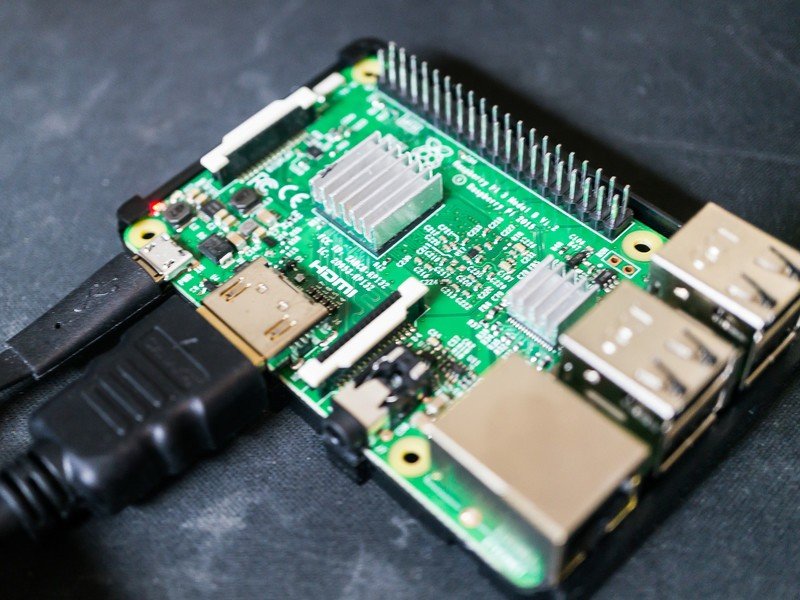
What's really important is the difference in specs. Just like any computer, more is better, but everything comes at a cost.
| Header Cell - Column 0 | Raspberry Pi 4 | Raspberry Pi 3 B+ |
|---|---|---|
| CPU | Broadcom BCM2711 Quad core Cortex-A72 @ 1.5GHz | Broadcom BCM2837B0 Quad core Cortex-A53 @ 1.4GHz |
| GPU | VideoCore VI @ 500Mhz | VideoCore IV @ 250-400MHz |
| RAM | 1GB, 2GB or 4GB LPDDR4-2400 SDRAM | 1GB LPDDR2 SDRAM |
| USB | 2x USB-a 2.0, 2x USB-A 3.0, 1x USB-C | 4x USB-A 2.0 ports |
| Display ports | 2x microHDMI | Single Full-size HDMI |
| Connectivity | 802.11ac Wi-Fi, Gigabit Ethernet, Bluetooth 5.0 | 802.11ac Wi-Fi, 300Mbps Ethernet, Bluetooth 4.0 |
| Misc. | 40-pin GPIO header, 3.5mm audio port, camera module support, composite video | 40-pin GPIO header, 3.5mm audio port, camera module support, composite video |
There's a saying about specs never telling the whole story, but when you're dealing with a low-power, low-cost single-board computer, they really do. Because the Raspberry Pi wasn't over-designed so that you'll have plenty of processing power to spare, you really notice even the smallest performance increase — especially if you are pushing it to its limit.
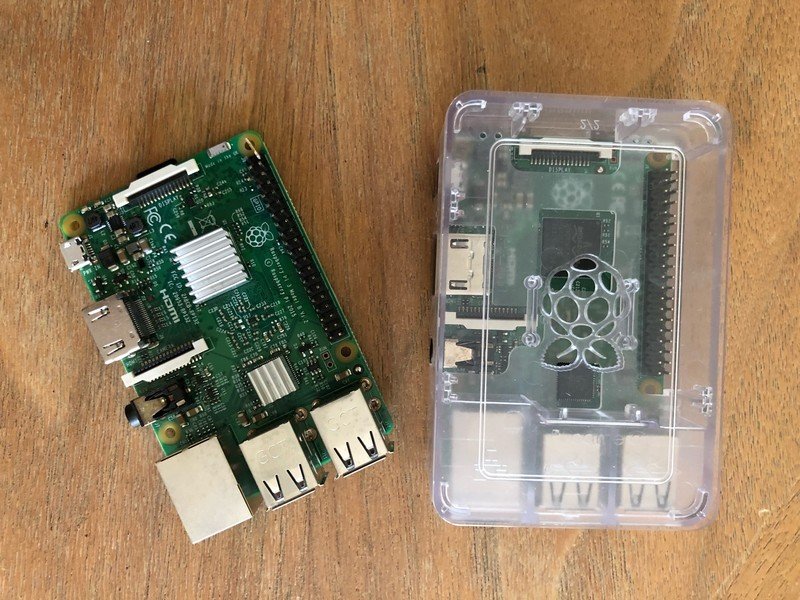
Perhaps even more noticeable than a new SoC and faster (and more) RAM is the dual-monitor 4K60fps support the version 4 offers. Thanks to its beefier GPU, you can not only go with dual displays without any fiddling, but the output will be easier on your eyes. You'll also find OpenGL ES 3.0 support for more modern gaming. Everything has its drawbacks, though, and the Raspberry Pi 4 uses micro HDMI ports and uses 3 Amps of power compared to the 3B+'s full-size port and 2.5A draw.
Another thing the specs don't completely tell is that the Raspberry Pi 3B+ didn't suddenly become obsolete. It will still be supported for a while, and any project that works well with it will continue to work well. If you don't need the extra power for an existing project, getting a new board and enclosure — the port layout is different, and 3B+ cases won't fit — might not be worth it. If you're starting something new and don't already have a Raspberry Pi and some of the best Raspberry Pi accessories, go with version 4. The price difference is minor, but the capabilities are much improved.
Get the latest news from Android Central, your trusted companion in the world of Android

Jerry is an amateur woodworker and struggling shade tree mechanic. There's nothing he can't take apart, but many things he can't reassemble. You'll find him writing and speaking his loud opinion on Android Central and occasionally on Threads.
